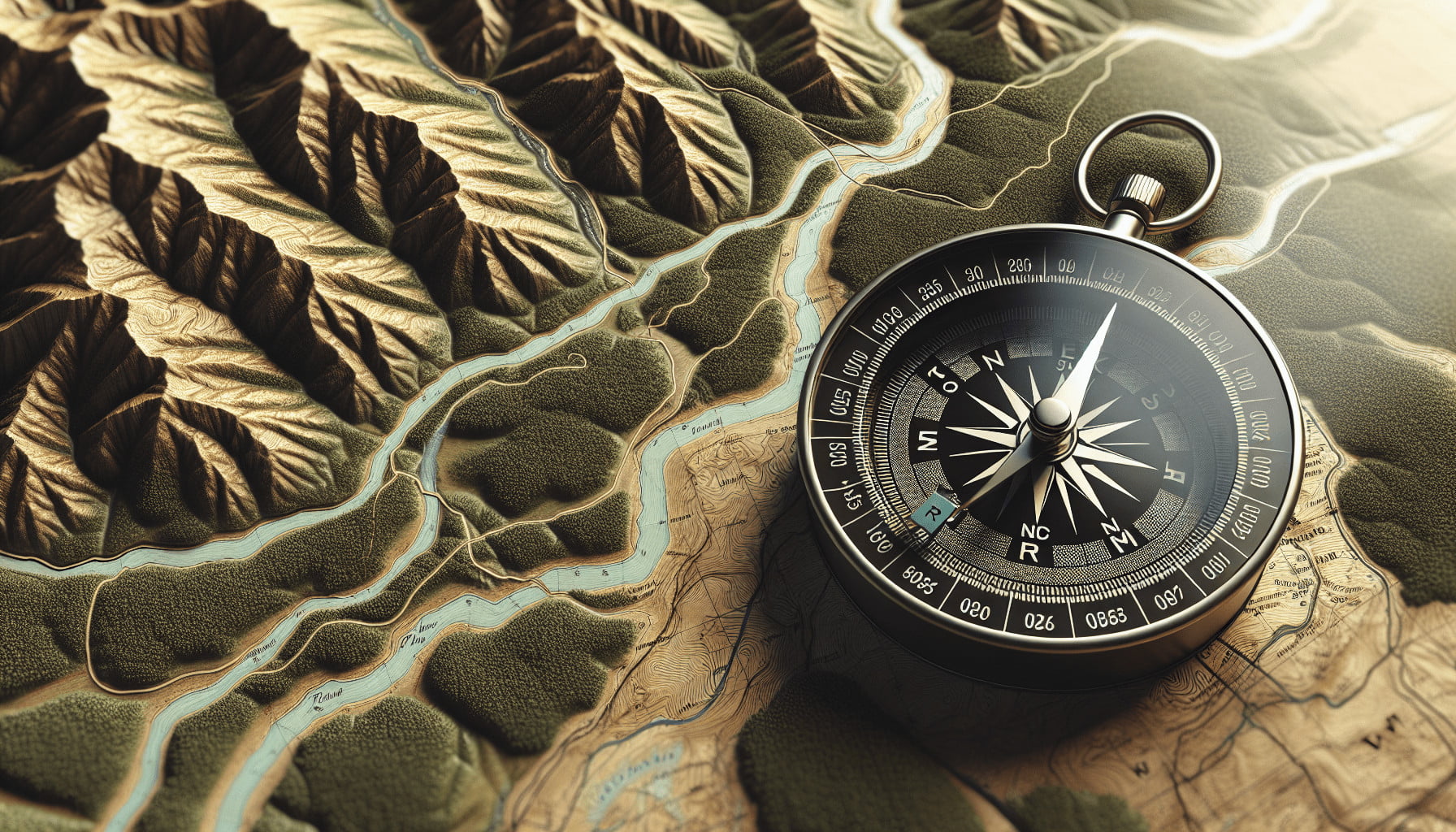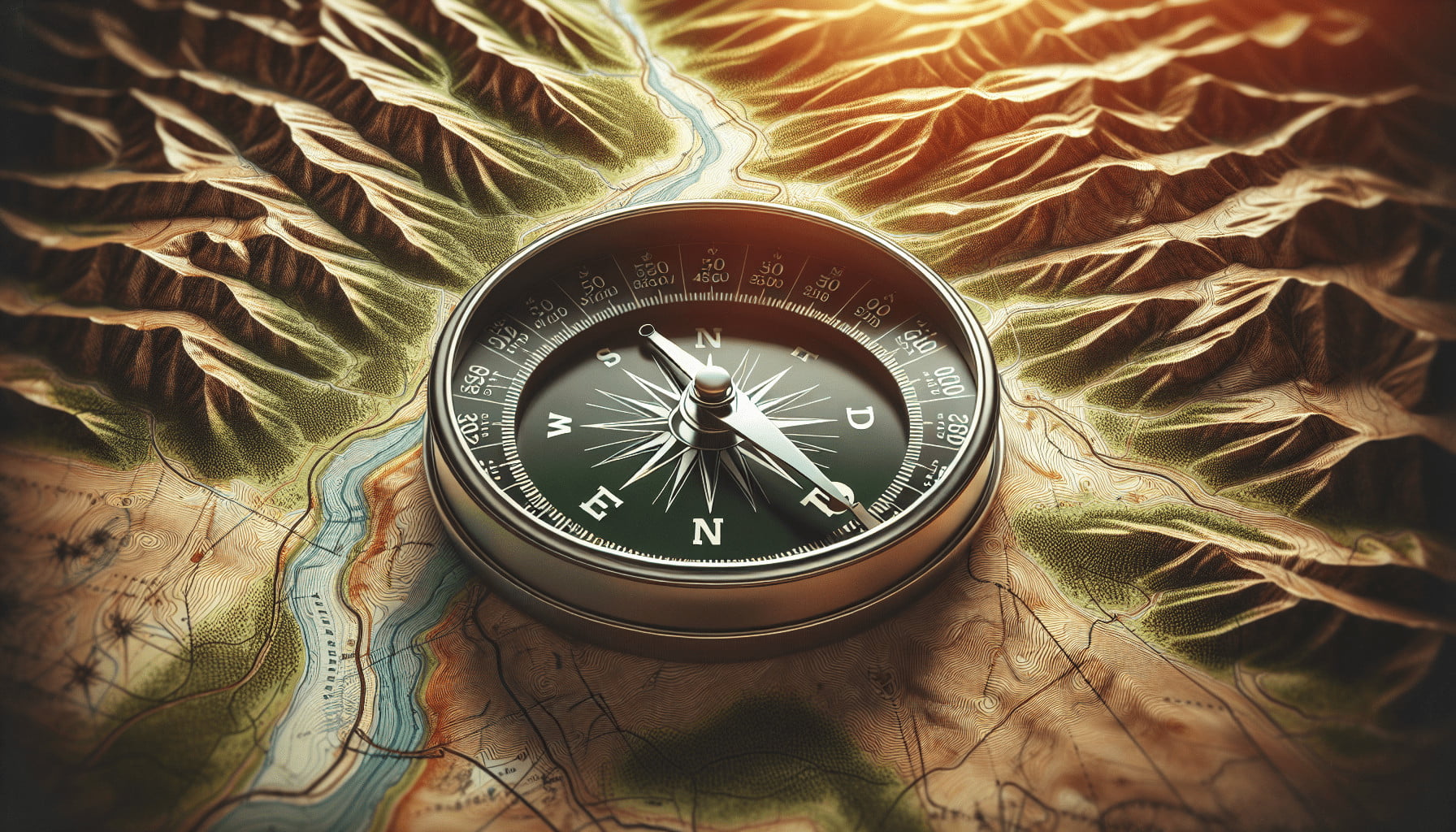Have you ever found yourself deep in the wilderness, questioning your sense of direction and the tools at your disposal? Navigating challenging environments is an essential skill for anyone venturing into the wild, whether you are an experienced outdoorsman or a beginner seeking adventure. As technology advances and our reliance on digital devices increases, developing fundamental navigation skills using traditional methods remains critical for safety and success. Ensuring that you can find your way, regardless of circumstances, is paramount for anyone who wishes to explore remote locations.
This exploration into the best practices for wilderness navigation comes at a crucial time. With a growing number of individuals participating in outdoor activities and the onset of unpredictable weather patterns due to climate change, understanding how to navigate challenging environments is more important than ever. This guide aims to provide you with the knowledge and techniques necessary to enhance your navigation skills and equip you to tackle any terrain with confidence.
Understanding the Basics of Wilderness Navigation
Before delving into more sophisticated navigation techniques, it is necessary to grasp the fundamental concepts. Mastering the basics provides a solid foundation upon which you can build more advanced skills.
Map Reading
A topographic map is an invaluable tool for any wilderness navigator. Topographic maps show the landscape’s physical features, and understanding these can be critical for successful navigation.
- Contours: Lines that indicate elevation and the shape of the terrain.
- Legend: A key that explains the symbols and scales used on the map.
- Scale: The ratio between distances on the map and the actual distances on the ground.
Compass Use
A compass is a reliable tool that helps you determine direction. Knowing how to use a compass properly can mean the difference between staying on track and becoming disoriented.
- Magnetic North vs. True North: Magnetic North is where the compass needle points, while True North is the geographical North Pole. Adjustments, known as declination, are necessary to account for the difference.
- Taking a Bearing: Align your compass with the map to find a direction of travel.
GPS Devices
Global Positioning Systems (GPS) provide real-time location data. However, understanding how to cross-reference with a map ensures you have a failsafe if technology fails.
- Waypoint Setting: Marking key points along your route.
- Track Logging: Recording your path for backtracking if necessary.
Advanced Wilderness Navigation Techniques
Once you’ve mastered the basics, you can begin to explore more advanced techniques that refine your navigation skills and enhance your ability to traverse challenging environments.
Route Planning
A comprehensive route plan helps you foresee obstacles and prepare accordingly, ensuring a smoother journey.
- Research: Study maps and gather intelligence on the area.
- Route Cards: Document your planned route, including waypoints and estimated times.
- Contingency Planning: Define alternative routes in case of unexpected challenges.
Navigation by Landmarks
Using landmarks to navigate can be incredibly effective, especially when visibility is compromised.
- Natural Landmarks: These include mountains, rivers, and valleys.
- Man-Made Landmarks: Structures such as towers, cabins, or even marked trails.
Dead Reckoning
Dead reckoning involves using your last known location, speed, time, and direction to estimate your current position.
- Calculations: Periodically update your position based on your pace and bearing.
- Adjustments: Regularly compare your estimates with actual landmarks and your compass to correct your course.

The Role of Technology in Wilderness Navigation
Embracing technology while maintaining traditional skills ensures you’re well-equipped for any environment. Combining tools can maximize safety and efficiency.
Digital Maps and Apps
Digital tools can provide layers of information not available on traditional maps.
- Offline Maps: Ensure you have access without cell service.
- Layering Information: Add data such as weather conditions and altitude.
Satellite Communication Devices
Devices like satellite phones and personal locator beacons (PLBs) are essential for communication in remote areas.
- Emergency Signals: Use PLBs to send distress signals with your location.
- Two-Way Communication: Satellite phones allow you to communicate even without cell service.
Solar Chargers
Keeping your devices charged in the wilderness can be a challenge. Solar chargers provide a sustainable energy source.
- Portability: Select lightweight, packable units.
- Efficiency: Ensure the charger can store enough energy for prolonged periods.
Safety and Preparedness
Navigating challenging terrains involves inherent risks. Prioritizing safety and preparation can mitigate these risks and ensure a more enjoyable experience.
Proper Gear Selection
Having the right gear is fundamental. Different terrains and climates necessitate specific equipment.
- Clothing: Wear layers appropriate for the weather.
- Footwear: Sturdy boots are essential for uneven terrains.
- Emergency Kit: Include first aid supplies, a whistle, and signal mirrors.
Weather Awareness
Weather can dramatically impact your navigation and safety.
- Forecast Checking: Regularly check weather updates before and during your trip.
- Shelter Preparation: Be ready to find or create emergency shelter as conditions change.
Physical Fitness
Endurance and strength directly affect your ability to navigate challenging environments.
- Regular Exercise: Incorporate cardio, strength training, and flexibility exercises.
- Acclimatization: Prepare for high altitudes or different climates before your trip.
Training and Practice
Skills in navigation are like muscles; they require regular training and practice to remain effective.
- Simulation Exercises: Practice navigation techniques in a controlled environment before going into the wilderness.
- Continuous Learning: Attend workshops, read updated guides, and practice new skills often.

Common Challenges and How to Overcome Them
Even the best-prepared individuals can face unexpected challenges. Understanding common issues and how to address them is pivotal for safety.
Low Visibility Conditions
Fog, heavy rain, or snow can significantly impair visibility.
- Use your Compass: Trust your compass to maintain direction.
- Landmark Navigation: Use close, identifiable features to stay on course.
- Reflective Gear: Wear and use reflective materials for better visibility.
Difficult Terrain
Rocky, steep, or heavily vegetated areas require more effort and precision.
- Slow Down: Take your time to avoid accidents.
- Pole Use: Hiking poles can provide stability.
- Path Finding: Look for animal trails or natural pathways.
Water Crossings
Rivers and streams can be hazardous if not approached correctly.
- Assess Depth and Speed: Avoid crossing deep or fast-moving water.
- Find Safe Crossings: Use wider, shallower crossing points.
- Use a Rope: As a safety measure, especially in groups.
Psychological Resilience in Wilderness Navigation
Mental strength and resilience can make a significant difference in how effectively you navigate challenging environments.
Managing Stress
Stress can cloud judgment and make navigation difficult.
- Mindfulness and Breathing: Practice techniques that help you stay calm.
- Positive Visualization: Imagine successful navigation and positive outcomes.
Decision Making
Decisiveness is crucial when facing unexpected challenges.
- Information Gathering: Take the time to assess all available information.
- Risk Assessment: Weigh the potential risks and benefits of decisions carefully.
Maintaining Morale
Your psychological state can affect both your efficiency and safety.
- Group Dynamics: If navigating in a group, maintain good communication and support each other.
- Self-Talk: Use affirmative and encouraging language with yourself.
Environmental Awareness and Navigation
Understanding your environment enhances navigation efficiency and ensures you respect and sustain the natural world.
Leave No Trace Principles
These principles are critical for preserving the wilderness for future adventurers.
- Pack it In, Pack it Out: Take all your waste with you.
- Stay on Trails: This avoids damaging vegetation and habitats.
Wildlife Encounters
Knowing how to safely encounter wildlife is essential for your safety and the animals’ well-being.
- Distance Maintenance: Stay a safe distance from all wildlife.
- Food Storage: Use proper techniques to store food and avoid attracting animals.
Sustainable Navigation Practices
Sustainability is about ensuring that wilderness areas remain unaffected by your presence.
- Low Impact Travel: Choose paths that minimize environmental disturbance.
- Using Renewable Resources: Opt for gear and methods that reduce environmental impact.
Legal and Ethical Considerations
Navigating wilderness areas often involves understanding legal restrictions and ethical prima principles.
Land Access and Permits
Different areas have different regulations regarding access.
- Permits: Obtain necessary permits for camping, hiking, or other activities.
- Boundary Respect: Always stay within designated areas to avoid legal issues and environmental impact.
Ethical Hunting and Fishing
If your navigation involves hunting or fishing, following ethical guidelines is crucial.
- Seasons and Limits: Adhere to legal seasons and bag limits.
- Humane Practices: Use methods that ensure humane treatment of animals.
Respect for Indigenous Lands
Many wilderness areas are home to Indigenous communities.
- Cultural Sensitivity: Research and respect local traditions and practices.
- Permission Seeking: Obtain permission if required to access sacred sites.
Conclusion
Developing proficiency in wilderness navigation is a blend of mastering fundamental skills, leveraging modern technology, and being prepared to face psychological and physical challenges. By combining traditional techniques such as compass use and map reading with the latest technological advancements, you can ensure safe and successful navigation through even the most challenging environments. Proper preparation, continual practice, and an awareness of legal and ethical considerations will further enhance your navigational abilities, empowering you to explore the wilderness confidently and responsibly.
Meta Description: Understanding the best practices for wilderness navigation in challenging environments can ensure safety and success. This guide covers essential techniques and tips.
